The Labor Day holiday is always a time for union bosses and the media to reflect on the role that unions play in society. Not surprisingly, with a mere 11.9% of America’s workers unionized today (6.9% in the private sector), between the unionized media and press releases issued by union communications departments, the majority of stories about Labor Day center on what used to be or the current ills ailing the moribund labor movement.
Mr. Thompson Will Be Speaking…

Later this week, President Obama will be speaking on the state of the economy and the heretofore less-than-stellar performance of his efforts to create jobs. He will, undoubtedly, engage in more class warfare, Bush and GOP bashing and anti-Wall St. demagoguery before he calls for more spending, higher taxes and “shared sacrifice” (aka, his vision of W.T.F.). The one thing he will likely not be talking about is how his union appointees National Labor Relations Board and Department of Labor are helping unions destroy the very job creators they so desperately need.
Uncompetitive Unions.
Unions and unionized workplaces have been declining for decades. While much of the commentary often focuses on the shrinking percentage of union members—less than 10% of union-represented workers ever voted for unionization—very few have focused on the shrinking number of unionized workplaces that has occurred over the last several decades. Moreover, of those who have written about the declining number of unionized workplaces, far fewer have focused on the jobs-killing effects that unions have on private businesses that compete in a free marketplace (both globally and domestically).
As many know, mass unionization in America coincided with the enactment of New Deal legislation enacted during the Roosevelt years. However, in 1947 (shortly after World War II), unions peaked in the United States at 35.5% before beginning their almost steady decline. While the economic boom that created the so-called “middle class” came as a result of the U.S. being the only primary manufacturing economy left unscathed as a result of World War II, the destructiveness of unions on jobs began to be felt by the steel industry as a result of the Great Steel Strike of 1959.
Later, when President Jimmy Carter deregulated the air, railroad, telecommunications (through judicial appointment*) and trucking industries, the unions that had previously enjoyed near-monopoly status in those industries began to shrink as union company after union company began shedding jobs and, in many cases, going out of business altogether.
While unions and their supporters on the Left like to blame Corporate America for the de-unionization of the U.S. that has transpired over the last 30 years, the reality is that unions add costs that are unrelated to wages and benefits and often unsustainable in a competitive environment.
The Union Tax.
Unions and their supporters on the Left often argue that unionization is good since it (arguably) puts more money in workers’ pockets. Unfortunately, the corollary question is never asked: What good are higher wages and benefits on the unemployment line? In other words, what good is a union if the union eventually drives your company out of business?
Leftists often focus purely on the wage and benefit effect on workers and all-too-often ignore the effects that unions have on companies. For example, some years ago, President Obama’s former economic advisor, Larry Summers, wrote:
Another cause of long-term unemployment is unionization. High union wages that exceed the competitive market rate are likely to cause job losses in the unionized sector of the economy.
However, Summers’ statement was made in the context of unemployment and did not address the overall negative effects that unions have on companies and their ability to compete.
Over and above unions’ impact on a firm’s wage and benefit costs are the unseen economic costs of unionization. Even if wages and benefits stay the same after unionization, unions add administrative costs—often referred to as The Union Tax.
Jim Gray, a human resource consultant who conducts union cost analyses for companies, finds the costs of unionization far exceed mere wages and benefits:
…Gray estimates that the total additional operating costs (over a union-free company) range from $900,000 for a company with 100 employees to more than $4,000,000 for a company with as many as 2000 employees. These amounts do not include wages and benefits, but do include items such as additional training for managers, additional Human Resources support, attorney’s fees, cost of arbitrations and handling of grievances, plus negotiations, lost productivity, strike planning, security, and lost sales margin, as well as a number of other items.
In 2003, the Employment Policy Foundation’s analysis found:
…a company with 10 percent of its workforce unionized could experience 2.6 percent higher unit labor cost, and 21 percent lower before-tax profit than its non-union counterpart unless the union impact can be offset by charging higher prices.
Another study conducted for the Board of Governors of the Federal Reserve System found that union certification significantly reduces investment.
We find that a winning certification election has, on average, about the same effect on investment as would a 30 percentage point increase in the corporate tax.
More recently, economist Barry Hisrch argued that “a highly competition and dynamic economy has been the principal reason for the long-term decline of private sector union governance.”
A large union workforce requires financially healthy unionized employers. Competitive pressures limit the size of the union sector if union compensation premiums are not fully offset by higher productivity. Compared to nonunion workplace governance, where there is substantial managerial discretion constrained by market forces and law, union governance is formal, deliberate, and often sluggish. Unionized companies, therefore, often fare poorly in dynamic and highly competitive economic settings. Among a host of reasons for declining private sector union density in the US, the most fundamental explanation appears to be the increasingly dynamic US economy coupled with the relatively poorer economic performance among union than nonunion establishments and firms.
This is consistent with Professor Hirsch’s earlier findings that:
- Unionized firms have profits that are 10% to 20% less than non-unionized firms
- Capital investment of an average unionized firm is 6% lower than that of a comparable nonunion firm
- The average unionized firm made 15% lower annual expenditure on Research & Development
- In studying 510 manufacturing firms, median growth of non-unionized firms was 27%, while the growth rate of unionized firms was zero.
Of course, with unions costing the American economy as much as $50 trillion over a 54-year period, in today’s highly competitive marketplace (domestic and, more recently, global), all of these factors weigh upon the creation of jobs that the nation so desperately needs right now.
This, in large part, explains the recent uproar the union appointees at the Obama’s NLRB have created by mandating to private-sector employers must post notices advising employees of their right to unionize. To many employers, the NLRB’s mandate is similar to the government telling parents to post Jim Jones’ Kool Aid recipe on the family refrigerator and hoping the kids won’t read it.
Now, more than ever, as the nation wrestles with persistent and (likely) long-term unemployment, the President and his statist supporters within the administration and the union movement should look at their own policies as the problem, not the solution, to this economic malaise. If the nation is going to grow jobs again, more spending and more unions are not the answer.
________________
“I bring reason to your ears, and, in language as plain as ABC, hold up truth to your eyes.” Thomas Paine, December 23, 1776
Cross-posted on LaborUnionReport.com


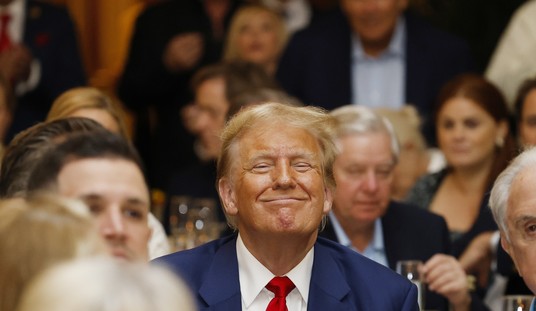

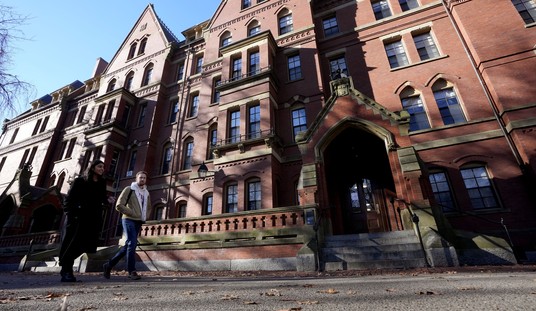

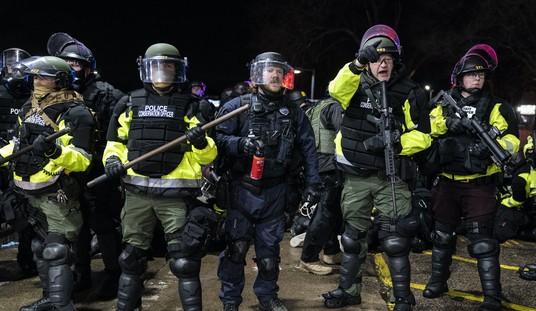
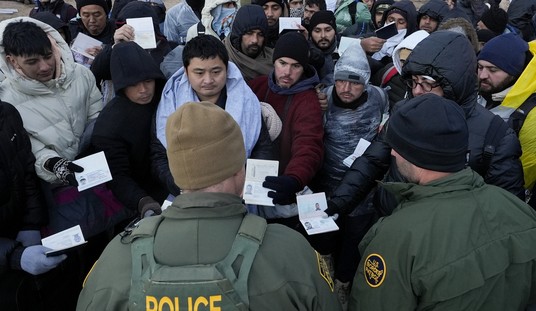



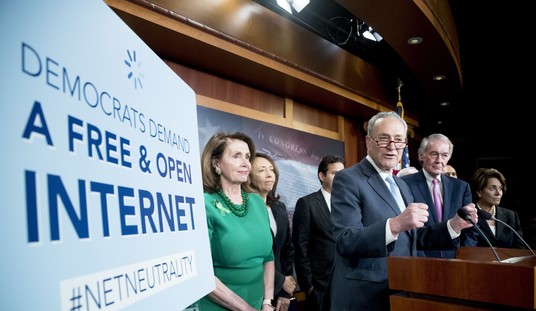
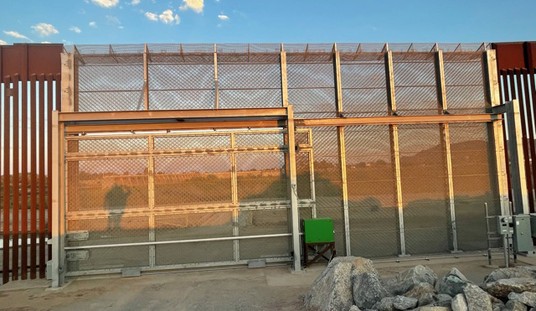
Join the conversation as a VIP Member